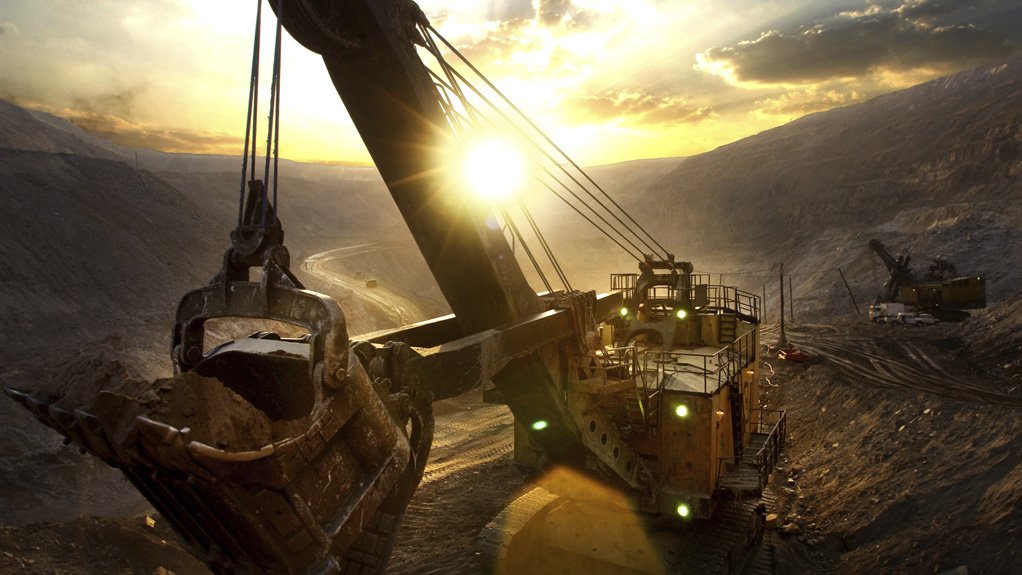Africa’s mining and quarrying activities continue to be characterised by export- orientated activities and, as a result, the mining sector of this mineral-rich continent is driven primarily by the commodities appetite of the world’s largest economies.
“While this is great for mining States in Africa, when demand and prices are high, as was evident in recent years, this can have a stagnating and, in some cases, destabilising knock-on impact when demand and prices decrease. This is currently experienced by various mining sectors across Africa, where mining contributes a significant portion to the gross domestic product of many of the contient’s countries,” global consultancy firm KPMG global head of mining Jacques Erasmus stresses.
Globally, manufacturing and production have slowed down, with knock-on effects on steel and copper demand. However, demand for gold has been bolstered this year – owing to Britain’s exit from the European Union and the finance community regarding gold as a safe haven, which has seen the price remain relatively buoyant this year.
However, some African countries, such as Zambia, Botswana and the Democratic Republic of Congo have developed their mining industries around a single commodity, leaving their mining-reliant economies exposed to the fluctuation of a single commodity’s price.
Subsequently, with single- commodity risk exposure in the context of the ongoing fiscal crisis, there are winners and losers in the continent’s mining industry, Erasmus says.
However, African countries are looking to diversify their mining sectors to shed the risk associated with a single-commodity-focused mining industry. Botswana, for instance, is looking beyond diamonds to exploit its coal reserves.
Looking Globally
To become globally competitive, Erasmus says, emerging economies in Africa are constantly looking to leverage the latest in technological advancements in the mining sector and adapt to the fourth industrial revolution.
According to KPMG’s Global Metals & Mining Outlook 2016, released in August, mining companies must determine their focus to develop strategies and align their systems and processes to realise the benefits of innovation.
“This will require collaborative ecosystems, digital engagement of the workforce, strengthened asset management, process alignment with energy availability and using production-ready technology,” explains Erasmus.
He says there are “a few” trends and technological advancements driving developments in the mining sector globally and advancing the adoption of new and improved extractive methods.
Some of these advancements, Erasmus says, include data collection and sharing using cloud-based networks, machine learning to reduce labour costs, economic mining solutions, wearable technologies and hybrid airships to more easily transport equipment to remote mining jurisdictions, such as those in Africa.
Another notable technological trend in the African mining industry is the adoption of renewable-energy solutions, Erasmus adds. He says, owing to the current electricity challenges across Africa, the mining industry is focused on applying new technologies and methods to processes to reduce energy consumption and cultivate renewable-energy sources.
“This trend is so widespread not only because of the environmental benefit but also because many companies have seen significant cost savings when implementing renewable energy.”
In terms of cost savings, Erasmus also notes that contract life-cycle management is becoming increasingly important for resource companies looking to ensure timely project delivery, reduce risks and improve cost management.
He adds that the choice of owner- based mining or contract mining becomes a critical decision for mining companies focused on improving their production volumes and grades while keeping production costs low.
Erasmus mentions that mining operations require significant daily cash outflows, with the bulk of capital expenditure allocated to either leased or owned mining equipment.
“Reviewing and optimising a mining company’s asset portfolio and operation can assist with cost reduction, providing it with a competitive edge,” he explains, adding that specialised mining equipment leasing services can also assist in reducing costs.
Leasing original-equipment manufacturer mining machines through a service-and-supply contract, Erasmus says, can also help miners implement their strategies at a lower cost.
Edited by: Tracy Hancock
Creamer Media Contributing Editor
EMAIL THIS ARTICLE SAVE THIS ARTICLE
To subscribe email subscriptions@creamermedia.co.za or click here
To advertise email advertising@creamermedia.co.za or click here















